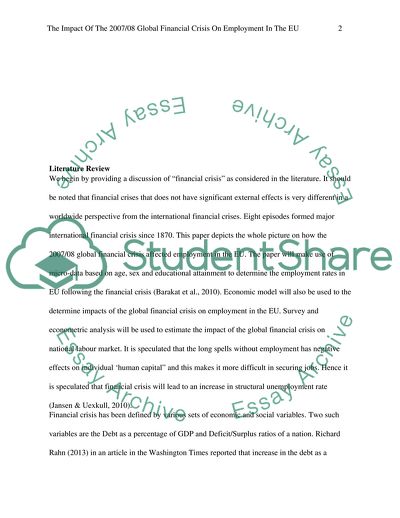Cite this document
(Economics Project Essay Example | Topics and Well Written Essays - 4500 words, n.d.)
Economics Project Essay Example | Topics and Well Written Essays - 4500 words. https://studentshare.org/macro-microeconomics/1867471-economics-project
Economics Project Essay Example | Topics and Well Written Essays - 4500 words. https://studentshare.org/macro-microeconomics/1867471-economics-project
(Economics Project Essay Example | Topics and Well Written Essays - 4500 Words)
Economics Project Essay Example | Topics and Well Written Essays - 4500 Words. https://studentshare.org/macro-microeconomics/1867471-economics-project.
Economics Project Essay Example | Topics and Well Written Essays - 4500 Words. https://studentshare.org/macro-microeconomics/1867471-economics-project.
“Economics Project Essay Example | Topics and Well Written Essays - 4500 Words”. https://studentshare.org/macro-microeconomics/1867471-economics-project.


